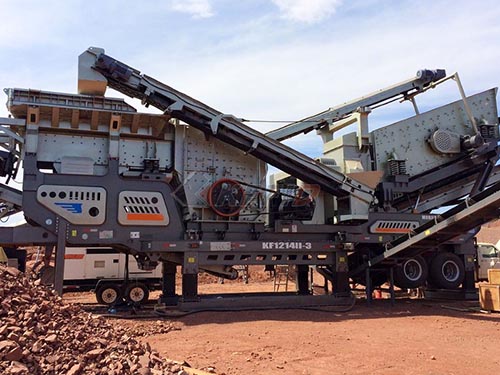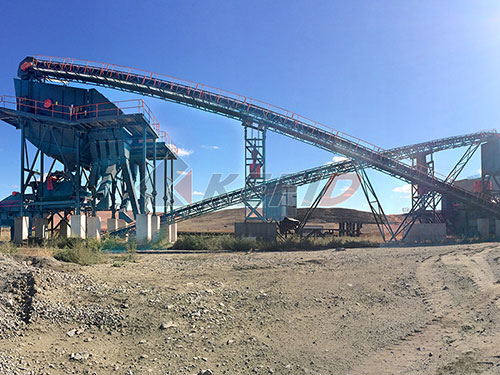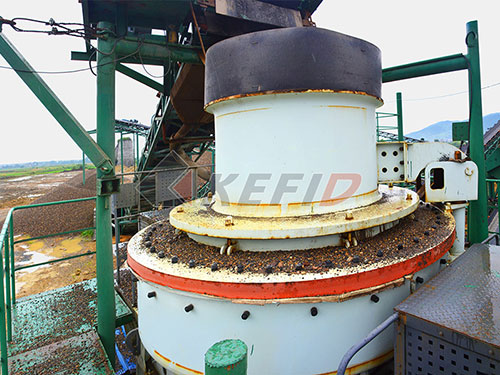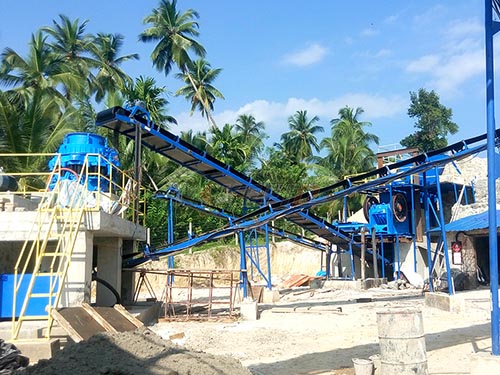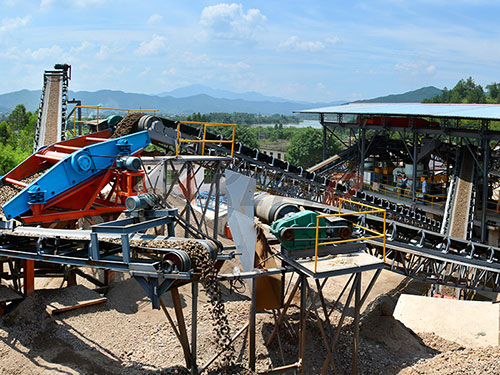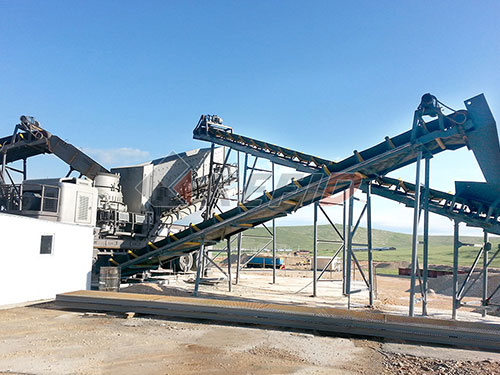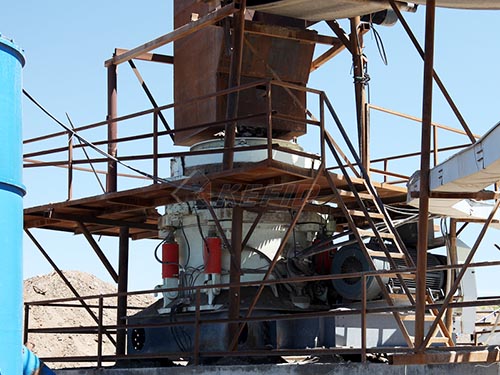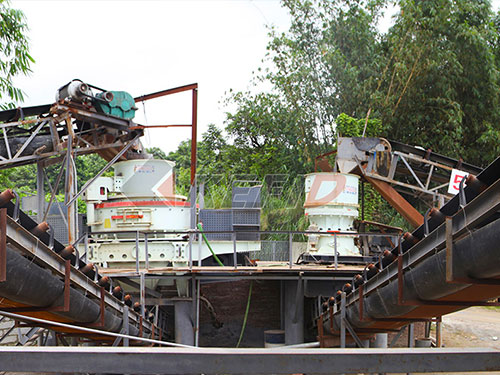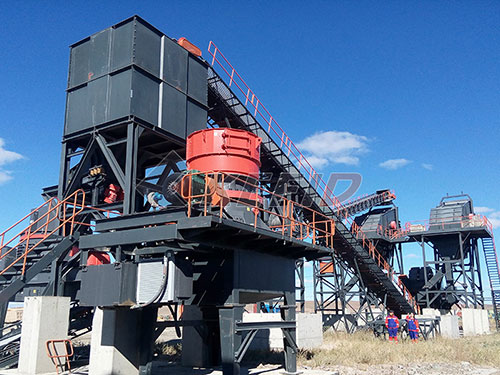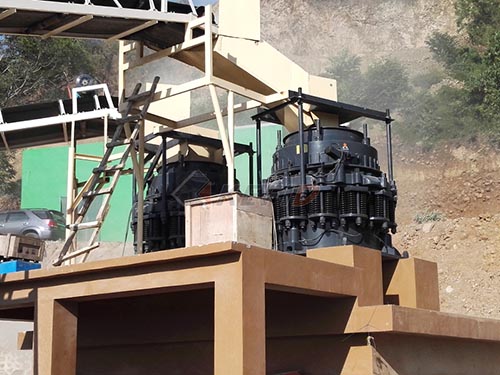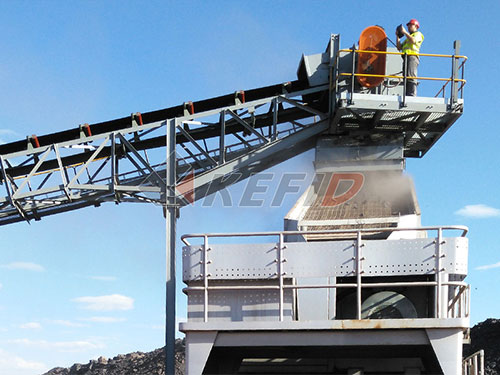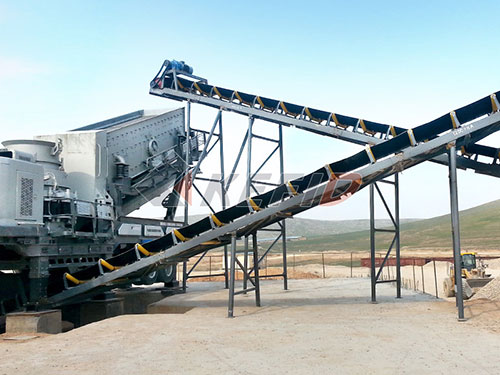The Rhino JC-1: Compact Power for Precise Sample Reduction
In laboratories, pilot plants, and small-scale operations where space is at a premium and reliable sample preparation is paramount, the Rhino Jaw Crusher Model JC-1 stands out as an indispensable tool. This robust yet compact machine embodies the essential principle of jaw crushing – applying immense mechanical force to reduce hard, brittle materials – but packages it into a footprint designed for practicality and efficiency in constrained environments.
Engineered for Efficiency in Limited Spaces
The defining characteristic of the JC-1 is its intelligent compactness. Engineered with a focus on minimizing its operational footprint without sacrificing performance, it readily fits onto benchtops or within dedicated small work areas. This makes it ideal for university labs, geological survey units, quality control departments, or any setting where larger industrial crushers are impractical. Despite its size, the JC-1 doesn’t compromise on build quality. Its core structure utilizes durable materials and precision engineering typical of Rhino equipment, ensuring longevity and resistance to the demanding task of breaking down tough samples like rock, ore, concrete, ceramics, and similar substances.
Performance Where It Counts
Don’t let its size fool you. The JC-1 delivers focused power essential for effective primary crushing:
Capable Throughput: Efficiently processes samples at rates suitable for laboratory needs or small batch requirements.
Significant Reduction Ratio: Effectively reduces feed material size in a single pass (e.g., commonly handling feed sizes up to 50mm / 2″ and reducing them significantly smaller).
Consistent Output: Produces a uniformly sized product crucial for downstream analysis or processing steps.
Adaptable Crushing: The gap between the manganese steel jaws is adjustable (typically via a simple handwheel mechanism), allowing operators to dial in the desired final product size for different applications.
Designed for Practicality and Safety
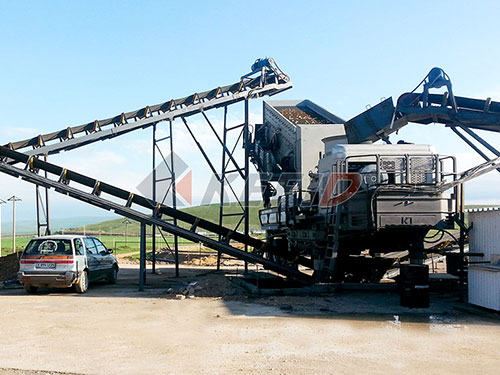
Beyond its core crushing function, the JC-1 incorporates features prioritizing user safety and operational ease:
Integrated Safety: A robust safety guard shields the crushing chamber during operation. A prominent emergency stop button provides instant shutdown capability.
Simplified Operation: Designed with straightforward controls (often just start/stop), making it accessible to trained personnel.
Dust Management Compatibility: Easily integrated with standard laboratory dust extraction systems (often via a dedicated port) to maintain a clean working environment and protect operator health – a critical consideration when dealing with fine particulates.
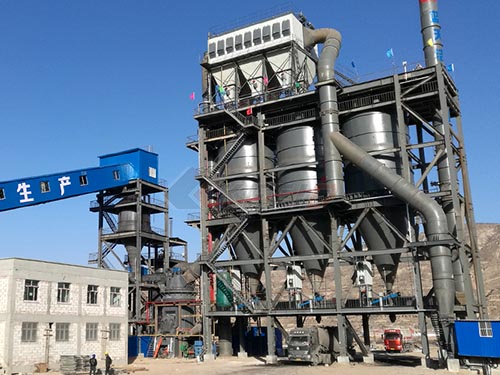
Accessible


